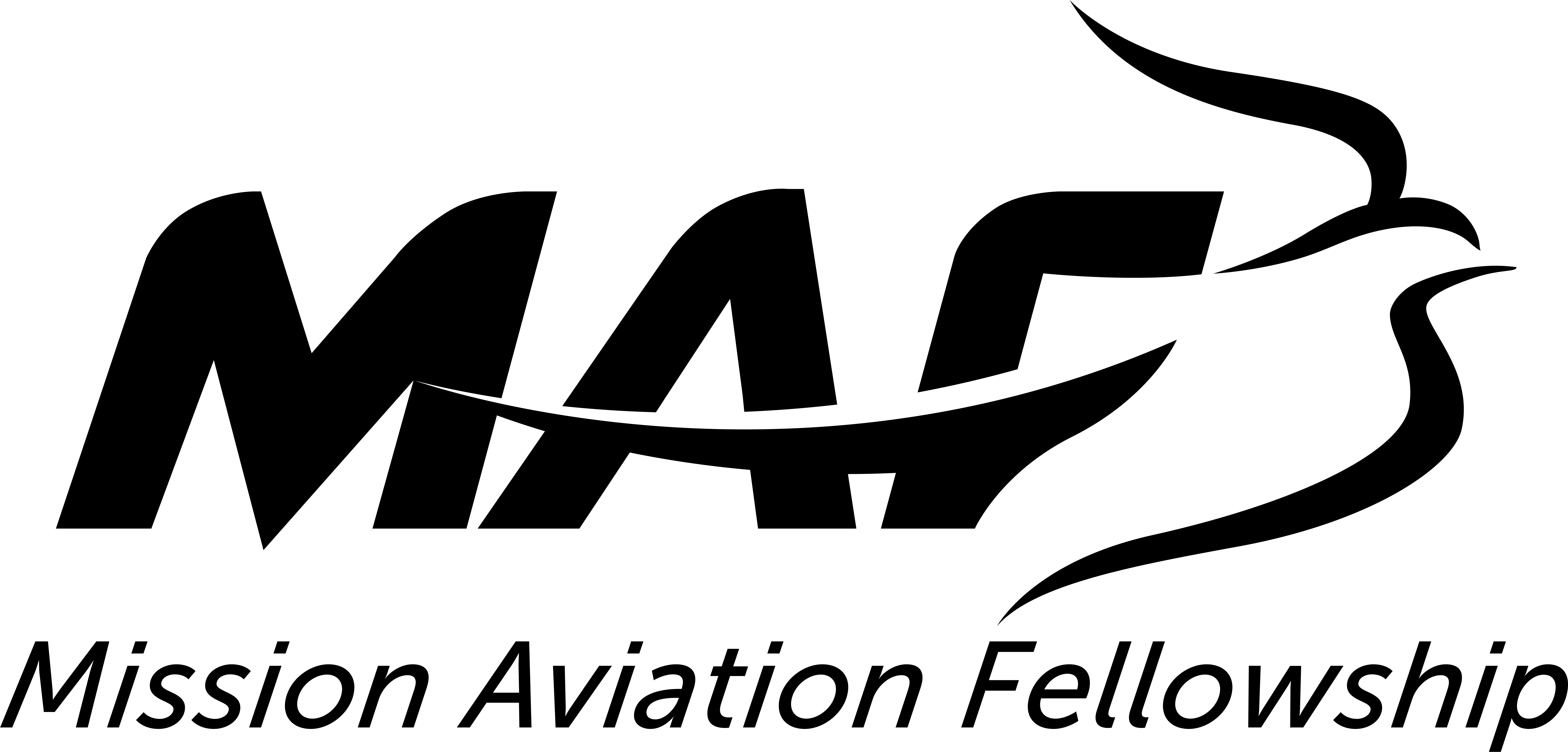Flying for a greater purpose
I have flown missionaries, Bible translators, doctors, teachers, government leaders, a U.S. Ambassador, and one of the wealthiest people in all of Indonesia. Yet my favorite passengers are the local people. I know how much they need this service and what it means to them.
At the start of a flight day, I usually spend 10 to 15 minutes on the HF radio during the first flight leg, listening to the needs of different villages. If I have empty seats, adequate fuel reserve, and good weather, I’ll help them out. If there is a request for an emergency medical evacuation, I may rearrange the flight schedule to get the patient to a hospital.
 We fly into areas with rugged peaks up to 15,000 feet. Other areas stretch out for endless miles of green swamp that is so flat, the tide affects rivers hundreds of miles inland.
We fly into areas with rugged peaks up to 15,000 feet. Other areas stretch out for endless miles of green swamp that is so flat, the tide affects rivers hundreds of miles inland.
Only at major airports is there reliable weather reporting, which means I depend on villagers on the ground to relay weather information. The reports can be colorful. “The clouds are leaking blue sky” means there are breaks in the cloud layer.
Weather is just one challenge; another is the airstrips, most of which were built by hand using shovels, hoes, pickaxes, and wheelbarrows.
One of the more challenging airstrips, Bugalaga, is 1,500 feet long at 6,000 feet elevation on the side of a mountain. The approach end is 14 percent slope for 500 feet, then breaks over to 6 percent in the next 200 feet. After that it gradually increases to 22 percent slope at the upper half. At the top, it transitions abruptly to a level parking area.
Our mountain airstrips are typically one way in and one way out. There is no option for a go-around if you botch the landing. Many of them have a point-of-no-return where an abort is no longer an option at a half or quarter-mile final.
And just like landings, the takeoffs have an early abort point, too—sometimes shortly after brake release. If anything happens after that, you can’t stop before the end, which normally drops away into a ravine.
These challenges might beg the question, “Why do it?”
 When flying is your passion, it is impossible to describe to someone why you love it. It is just something you feel deeply. But why choose to live so far from home, in a foreign culture where it is so hot, the electricity doesn’t always work, and my kids catch tropical diseases like malaria and dengue fever?
When flying is your passion, it is impossible to describe to someone why you love it. It is just something you feel deeply. But why choose to live so far from home, in a foreign culture where it is so hot, the electricity doesn’t always work, and my kids catch tropical diseases like malaria and dengue fever?
My real passion is serving in the way God has called me. Being part of MAF gives real purpose to the flying.
—Tom Bolser has been an MAF pilot for 34 years and has over 17,000 hours of flying.

